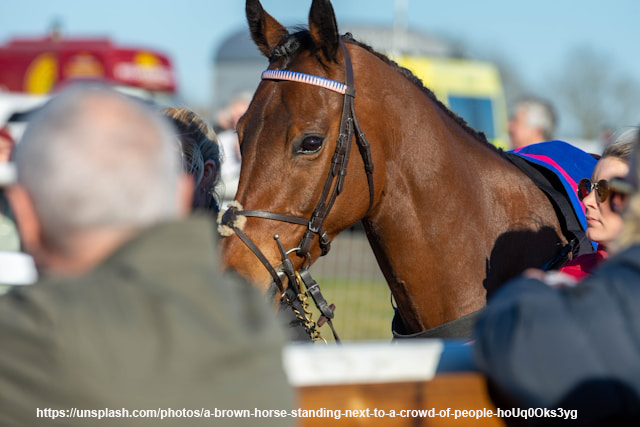Festive Fun with the Middleton
Saturday 27 December 2025
Entries close in 3 days

3 upcoming events
Next event:
29/01/2026 Polework Lesson with Tracey Fox at Northallerton Equestrian Centre
Find out more ..

In the hours before a race, odds rarely sit still. They shorten, drift, or swing unexpectedly, and these are movements that can puzzle even experienced punters.
Understanding why prices change helps fans follow the rhythm of a race day with more insight, whether they’re trackside or checking entries from home. Odds shifts aren’t always clues to a winner, but they often reveal where confidence lies, how information travels, and how markets react. For riders and spectators alike, they form a hidden story running alongside the visible action.
In horse racing, prices are set and then constantly adjusted according to demand. When large sums back a single runner, that horse’s odds shorten; when interest fades, they drift. Most of this activity happens in the few hours before the off, when bookmakers balance risk and punters test their instincts.
At this stage, the online betting sites UK audiences frequently see the most dramatic movements, as early tips, stable whispers, and weather reports influence the flow of money. A horse backed from 8/1 into 4/1 in half an hour isn’t necessarily a certainty; it’s simply a reflection of how belief in its chance has spread.
The benefit for everyday followers is perspective: by reading price movement as a measure of sentiment rather than fact, they can decide which wagers are worth their attention and which look overheated.
A “drift” describes when a horse’s odds lengthen; for instance, from 5/1 to 10/1. To outsiders, that can appear to signal lost faith, but there are practical reasons behind it. Bookmakers widen prices to balance their books, to tempt interest in neglected runners, or to hedge exposure on a popular favourite.
In other cases, money may simply have been diverted to another race. Trainers and jockeys know that market moves can overshoot; many winners have drifted late, only to prove the figures wrong. Interpreting these patterns demands restraint by watching trends across several races rather than reacting to one price update.
Where racecourse boards once ruled, today’s price action is digital. Aggregator services and exchange platforms chart odds in real time, letting users track each fluctuation from multiple firms. Graphs, heat maps, and notifications offer visibility that was impossible a decade ago.
Yet access to information has created noise. Social media tips, automated bots, and copycat betting mean a sudden swing might reflect nothing more than algorithmic activity. The smart bettor learns to separate genuine confidence, such as money arriving steadily across several books, from temporary distortions.
For newer enthusiasts, focusing on reputable market summaries and learning how to interpret over-round percentages is more valuable than chasing every micro-move.
Patterns often emerge during big festivals or televised meetings. When a well-fancied horse drifts across all firms simultaneously, it can point to late unease in the yard. When only one bookmaker eases its price, it may indicate a tactical decision to balance liabilities. The key is context: track condition, draw bias, and last-minute jockey changes can all prompt fast recalculations.
Those who follow odds movement as an extra data point and not as the defining signal tend to read the sport more accurately. In the same way riders interpret a horse’s body language during warm-up, seasoned punters interpret market behaviour to understand momentum rather than magic.
Price moves keep the sport conversational. Trainers watch them to gauge confidence, bookmakers manage them to hold balance, and spectators use them to sense excitement. They’re a bridge between professional judgement and public opinion, becoming one of racing’s few arenas where data, instinct, and human behaviour meet openly.
Knowing what a drift or gamble signifies allows followers to enjoy the story behind the numbers, without assuming every surge hides secret knowledge. It keeps racing analytical yet unpredictable, and this is a combination that remains the sport’s enduring appeal.